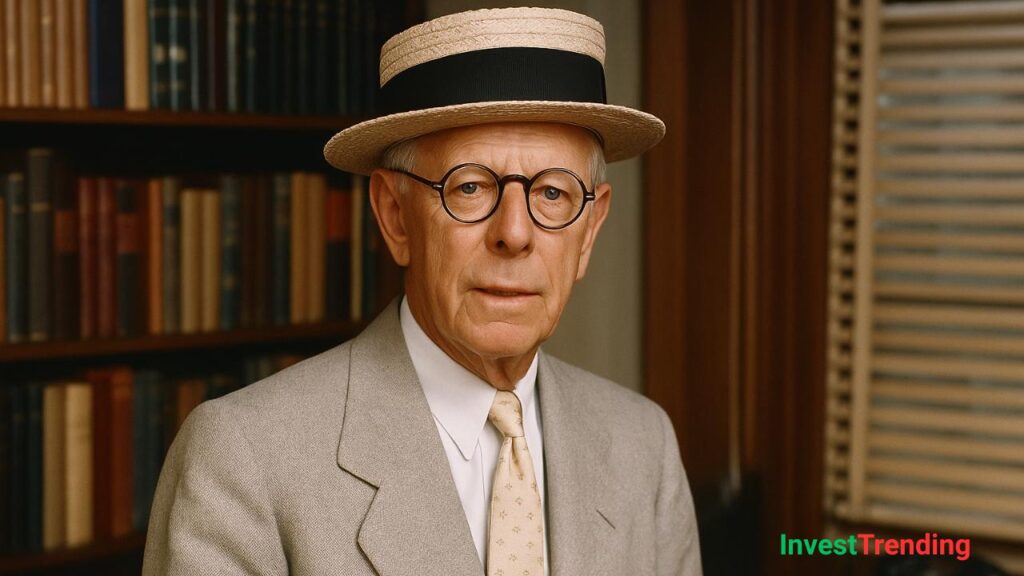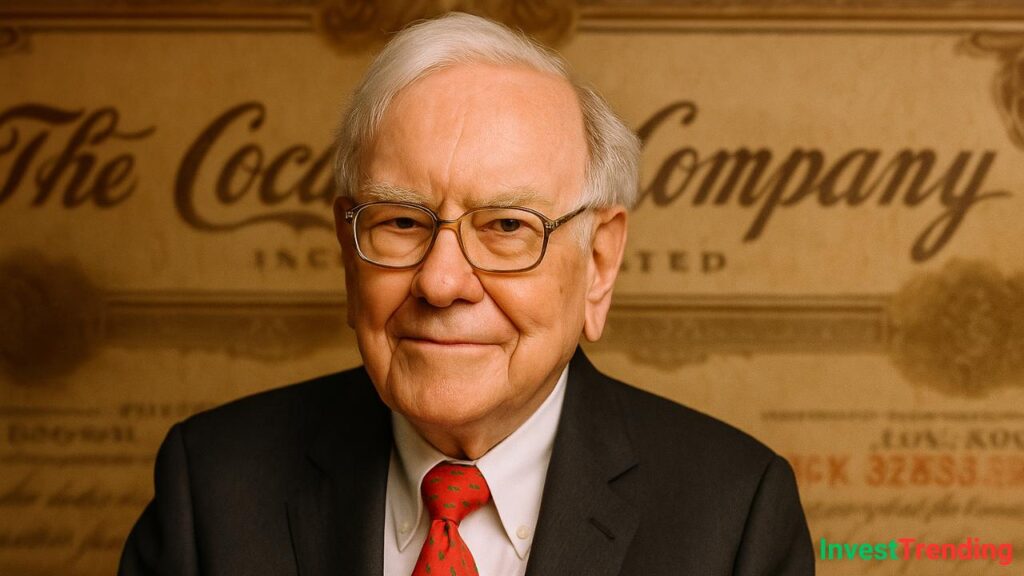
Early Life and Education
Benjamin Graham was born as Benjamin Grossbaum on May 9, 1894, in London, England. His family immigrated to the United States when he was just one year old, settling in New York City. Graham’s early years were marked by financial struggles after his father, an importer, passed away when he was nine years old. This economic hardship deeply influenced his views on finance and investing.
Despite these challenges, Graham excelled academically. He attended Columbia University on a scholarship and graduated in 1914 at the age of 20. His outstanding academic performance earned him job offers in multiple disciplines, including mathematics, philosophy, and English, but he chose to pursue a career on Wall Street to support his family.
“The essence of investment management is the management of risks, not the management of returns.”
– Benjamin Graham
Entry into the Investment World
Graham began his financial career at the brokerage firm Newburger, Henderson, and Loeb, starting as a runner with a modest salary of $12 per week. His analytical skills quickly set him apart, and he advanced rapidly in the firm, soon managing investment portfolios.
During the booming stock market of the 1920s, Graham amassed significant wealth. However, the devastating stock market crash of 1929 led to heavy losses, prompting him to refine his investment strategy. This period of hardship reinforced his belief in careful financial analysis and risk management.
“In the short run, the market is a voting machine but in the long run, it is a weighing machine.”
– Benjamin Graham
Developing Value Investing Principles
The crash of 1929 profoundly shaped Graham’s philosophy. He realized that speculation and emotions often led investors to make poor financial decisions. He thus developed a systematic approach based on fundamental analysis, emphasizing a “margin of safety”—investing in securities priced significantly below their intrinsic value.
His key principles included:
- Fundamental Analysis: Studying a company’s financial statements to assess its true worth.
- Margin of Safety: Buying securities at a significant discount to their intrinsic value to minimize risk.
- Contrarian Investing: Avoiding market hype and making rational, long-term decisions based on data.
- Defensive Investing: Preferring undervalued stocks with strong financials and a low probability of permanent loss.
Academic Career and Publications
In 1928, Graham began teaching at Columbia Business School, where he shared his investment philosophy with students. His teachings laid the foundation for modern security analysis and influenced future generations of investors, including Warren Buffett.
In 1934, he co-authored Security Analysis with David Dodd. This book provided an in-depth framework for evaluating stocks and bonds and remains a cornerstone in investment literature.
In 1949, Graham published The Intelligent Investor, a more accessible book that introduced value investing to a broader audience. The book remains one of the most influential investment texts ever written, emphasizing long-term strategies, disciplined investing, and emotional control.
“Price is what you pay; value is what you get.”
(Popularized by Buffett, but rooted in Graham’s teachings)
– Benjamin Graham
Graham-Newman Partnership and Investment Success
In 1926, Graham founded the Graham-Newman Corporation, an investment partnership where he applied his value investing principles. The fund was highly successful, achieving steady returns and proving that value investing was a sustainable strategy.
One of Graham’s most famous investments was his purchase of undervalued shares in GEICO, which eventually yielded massive returns. This investment demonstrated the power of his methodology and became a case study for future investors.
Graham’s Legacy and Influence
Benjamin Graham’s impact on the investment world is immeasurable. His teachings and books have shaped some of the greatest investors, including Warren Buffett, who credits Graham as his most important mentor.
Key takeaways from Graham’s legacy include:
- Rational Investing: Avoiding speculation and making decisions based on objective data.
- Long-Term Focus: Ignoring short-term market fluctuations and staying committed to well-researched investments.
- Risk Management: Using the margin of safety principle to protect capital.
Even after his passing in 1976, Graham’s principles continue to guide investors globally. His value investing philosophy remains relevant, proving that disciplined, analytical investing stands the test of time.
Conclusion
Benjamin Graham transformed the way people approach investing by introducing logical, systematic methods that emphasize safety, analysis, and patience. His books, principles, and students continue to influence the financial world. Whether you are a beginner or an experienced investor, his teachings provide timeless wisdom for making sound financial decisions.



